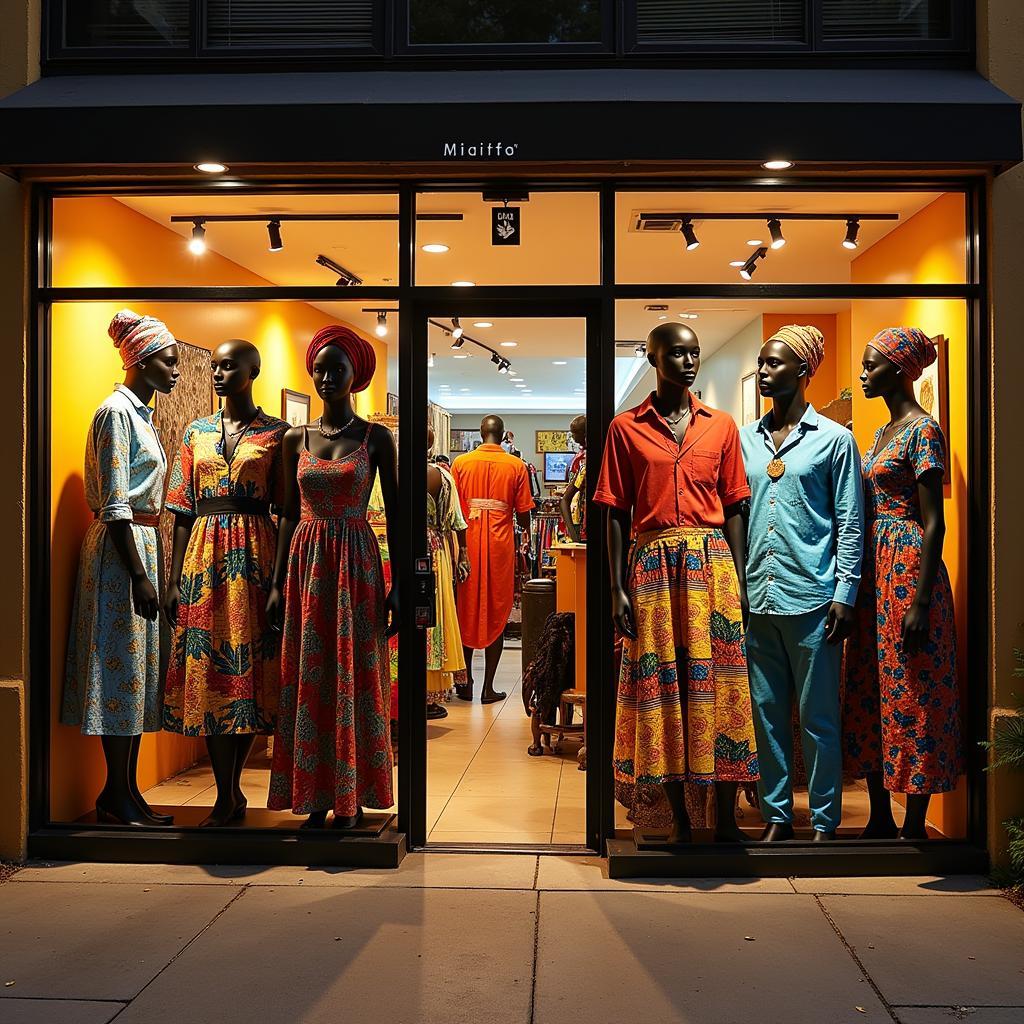Exploring the Rich Tapestry of African Drum Patterns
African Drum Patterns are the heartbeat of a continent, a vibrant language spoken through rhythmic pulsations. From celebratory dances to sacred rituals, these intricate patterns form the backbone of countless musical traditions across Africa. They represent not just rhythm, but also history, community, and a deep connection to ancestral heritage.
The sheer diversity of African drum patterns is breathtaking. Each region, each tribe, and even each village may boast its own unique rhythmic vocabulary. These patterns are not simply random beats; they are carefully constructed phrases, often imbued with symbolic meaning. They can tell stories, convey emotions, and even imitate the sounds of nature. This rhythmic richness is a testament to the creativity and ingenuity of African musicians.
The Significance of African Drum Patterns
African drum patterns play a crucial role in various aspects of life. They are integral to ceremonies, festivals, and social gatherings, providing a powerful soundtrack to shared experiences. They are also used in storytelling, passing down history and traditions through the rhythmic language of the drums. Beyond their social and cultural significance, these patterns also hold spiritual meaning, connecting people to their ancestors and the divine.
In many African cultures, drumming is not merely a musical activity; it’s a form of communication, a way of expressing oneself and connecting with others on a deeper level. The drums become a voice, speaking the unspoken language of the heart and soul.
Deciphering the Complexity of Rhythms
While African drum patterns can appear complex to the untrained ear, they are built on fundamental principles. Polyrhythms, the layering of multiple independent rhythms, are a hallmark of African music. These interlocking rhythms create a rich tapestry of sound, where each drum part contributes to a larger whole. Call and response patterns, where one drummer plays a phrase and another responds, are another common feature, fostering a dynamic interplay between musicians.
Learning to understand these intricate rhythms requires not only musical skill but also an appreciation for the cultural context from which they emerge. It’s about listening deeply, feeling the pulse, and understanding the interplay of different rhythmic elements.
Types of African Drums and Their Unique Sounds
The diversity of African drums is as vast as the continent itself. From the talking drum, capable of mimicking the tones of human speech, to the djembe, known for its powerful bass and sharp slaps, each drum has its own unique voice. The kpanlogo, the atumpan, and the sabar are just a few examples of the wide array of drums found across Africa, each contributing to the rich tapestry of rhythmic traditions.
For class ensembles seeking to incorporate African drumming, resources are available. Check out this helpful article: african drumming patterns for class ensembles.
Learning and Appreciating African Drum Patterns
The beauty of African drum patterns lies in their ability to transcend cultural boundaries. Whether you are a seasoned musician or simply a curious listener, exploring these rhythms can be a rewarding experience. Numerous resources are available for those interested in learning more, from online tutorials to workshops and classes. Immerse yourself in the vibrant world of African drumming, and discover the power and beauty of these ancient rhythmic traditions. You can explore other related resources for more insights.
What are some common African drum patterns?
Some common African drum patterns include the Kuku, the Gahu, and the Adowa. These patterns vary in complexity and are used in different contexts.
How can I learn to play African drum patterns?
You can learn by taking classes, watching tutorials, and practicing regularly. It’s important to find a reputable teacher who can guide you through the nuances of these rhythms.
The Enduring Legacy of Rhythm
African drum patterns are more than just music; they are a living testament to the rich cultural heritage of the continent. They are a powerful expression of human creativity, a celebration of community, and a connection to the past. As we continue to explore and appreciate these rhythms, we gain a deeper understanding of the vibrant tapestry of African culture.
Remember, exploring this world might introduce you to other interesting related topics. For instance, information on African conga music albums might pique your interest: african conga music albums.
How can I find authentic African drumming resources?
Research cultural centers, music schools, and online communities dedicated to African music to find authentic resources and information.
If you are interested in exploring other aspects of African art, you might find useful resources with beautiful examples, like african art hd background. It can provide a visual feast that complements your rhythmic journey.
FAQ
- What is the significance of polyrhythms in African drumming?
- What are some common African drum instruments?
- How do African drum patterns reflect the culture and traditions of different regions?
- What are some good resources for learning African drumming?
- How can I incorporate African drum patterns into my own music?
- Are there any online communities dedicated to African drumming?
- How can I support African drummers and musicians?
Contact Us
When you need support, please contact us: Phone Number: +255768904061, Email: kaka.mag@gmail.com Or visit us at: Mbarali DC Mawindi, Kangaga, Tanzania. We have a 24/7 customer service team.

